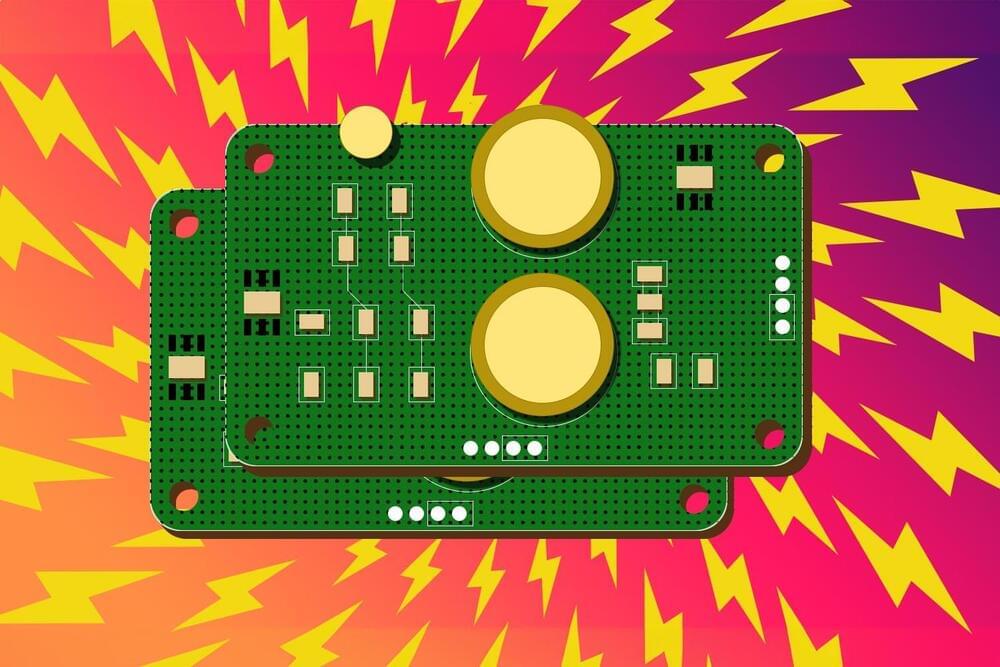
White Rabbit (WR) is a technology developed at CERN, in collaboration with institutes and companies, to synchronise devices in the accelerators down to sub-nanoseconds and solve the challenge of establishing a common notion of time across a network. Indeed, at a scale of billionths of a second, the time light takes to travel through a fibre-optic cable and the time the electronics take to process the signal are no longer negligible. To avoid potential delays, the co-inventors of White Rabbit designed a new ethernet switch.
First used in 2012, the application of this fully open-source technology has quickly expanded outside the field of particle physics. In 2020, it was included in the worldwide industry standard known as Precision Time Protocol (PTP), governed by the Institute of Electrical and Electronics Engineers (IEEE).
What’s more, CERN recently launched the White Rabbit Collaboration, a membership-based global community whose objective is to maintain a high-performance open-source technology that meets the needs of users and to facilitate its uptake by industry. The WR Collaboration will provide dedicated support and training, facilitate R&D projects between entities with common interests and complementary expertise and establish a testing ecosystem fostering trust in products that incorporate the open-source technology. At CERN, the WR Collaboration Bureau – a dedicated team composed of senior White Rabbit engineers and a community coordinator – will facilitate the day-to-day running of the Collaboration’s activities and support its members.

















